
Networking and Engineer Interview Questions and Answer – Part 2
Say I open a web browser and enter an address. I hit enter. Describe how the connection the works in as much detail as possible. Trying to hear that they…
Read more »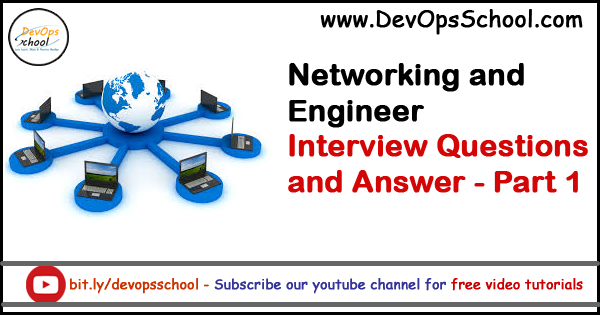
Networking and Engineer Interview Questions and Answer – Part 1
What is IPv6 ? Why should we care? How does ping work ? What about traceroute ? I type http://www.yahoo.com in my browser’s URL bar and I press enter. What happens ?…
Read more »
DBA Interview Questions and Answer – Part 1
What’s ACID ? How is it implemented ? What is row level locking ? Table level locking ? How do you check which jobs are running? Imagine you have a…
Read more »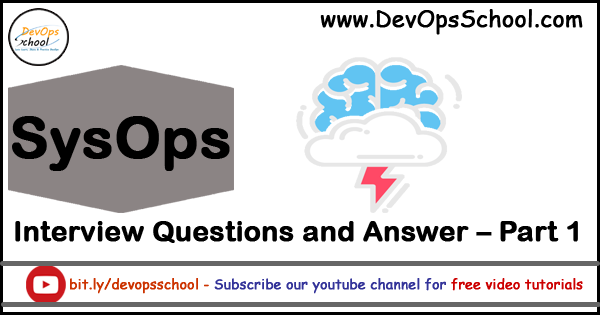
SysOps Interview Questions and Answer – Part 1
What is your favorite editor? What is RAID? What is RAID0, RAID1, RAID5, RAID10? Describe the general file system hierarchy of a Linux system. Describe what each of the following…
Read more »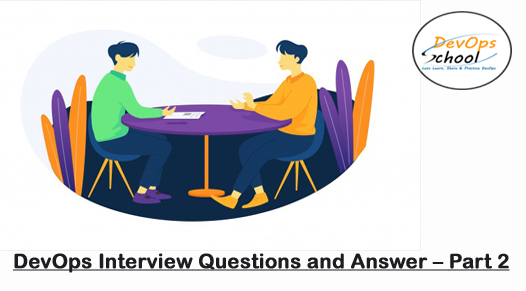
DevOps Interview Questions and Answer – Part 2
What DevOps is? Why do we need it? Example of answers: Why do we need it? Increase deployment frequency Lower failure rate of new releases Shortened lead time between fixes…
Read more »
Linux Interview Questions and Answer – Part 6
script/command to delete last word from every line in a file 2.script/command to find the files with more than 1gb size What is Swap Space? What is the maximum length…
Read more »
Git Interview Questions and Answer Part – 5
What is the function of ‘git rm’? What is the function of ‘git checkout’ in git? What is the use of ‘git log’? Explain what is commit message? How to…
Read more »
Git Interview Questions and Answer Part – 4
What is Version control system or Source code manager? Benefits of VCS or SCM? What is Git and What is a repository in GIT? Diffrence between Git and SVN? Two…
Read more »
Linux Interview Questions and Answer – Part 5
How to check the logs? Difference between Journalctl & tail command? What does the subscription-manager do? How to archive a file? What is umask? How to kill a process? How…
Read more »
Linux Interview Questions and Answer – Part 4
What is MAC address? can we change the physical address? How to check system uptime? How to check memory information? What is SWAP? What is the exact memory free in…
Read more »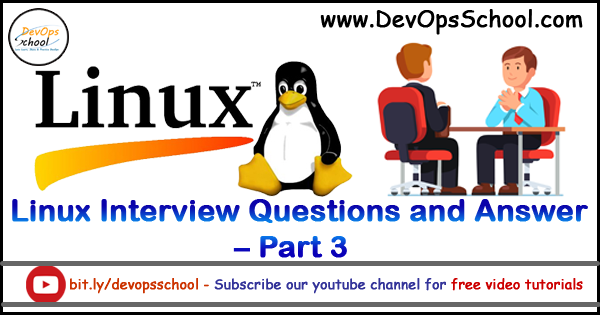
Linux Interview Questions and Answer – Part 3
What is SetGID, SetUID & Stickybit? Location where all the user information are stored? File where user password are stored? What is the default permission of a file? What is…
Read more »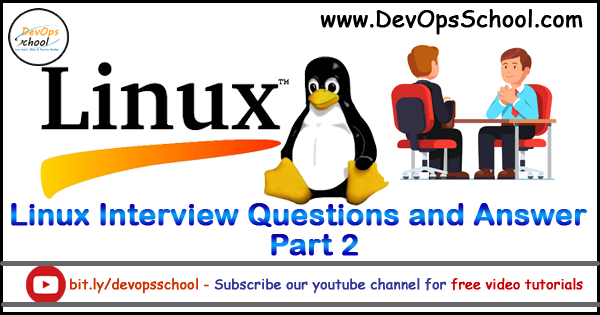
Linux Interview Questions and Answer – Part 2
What is Linux? What are Linux OS Flavors? Difference between Debian & RPM based OS? What is Kernel? Explain the boot process of Linux OS? How is RHEL different from…
Read more »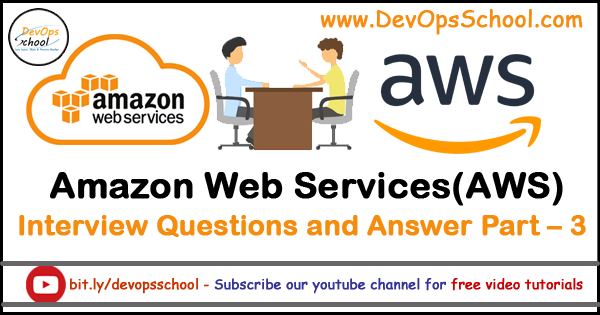
AWS Interview Questions and Answer Part – 3
What is Amazon RDS? What is EC2, S3, EBS? What is VPC & why we require to create VPC? Is is possible to scale an Ec2 Instance vertically? How is…
Read more »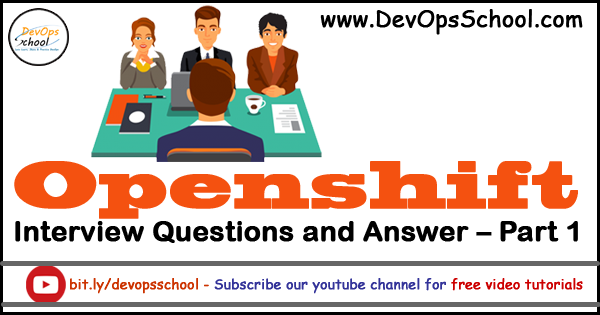
Openshift Interview Questions and Answer – Part 1
What is Openshift? Difference between Openshift & Kubernetes? What is Services Layer? How to expose a service in Openshift? What are the 3 components of any created project? What is…
Read more »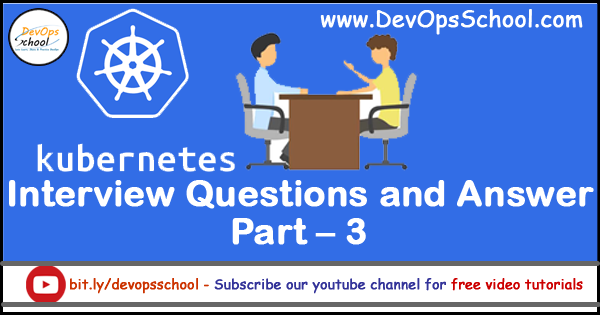
Kubernetes Interview Questions and Answer Part – 3
What is Kubernetes? What are Kubernetes Components? What is etcd? What is master & minion? How to make quorum of cluster? What is Replication controller & what it does? What…
Read more »
How to enable http Proxy Settings for Yum Command on RHEL / CentOS Servers?
No username and password required: To configure proxy without username and password: export http_proxy=http://SERVER:PORT/ Username and password authentication: To configure the proxy server with username and password authentication: export http_proxy=http://USERNAME:PASSWORD@SERVER:PORT/
Read more »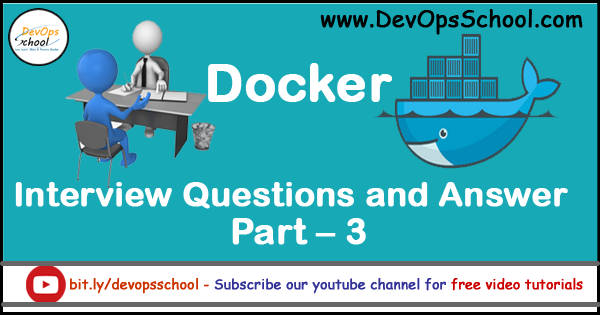
Docker Interview Questions and Answer Part – 3
Whats is docker? Difference between container & VMs? Difference between Docker & Virtualization? Difference between container and image? How image builds? What are image layers? How image layers work? What…
Read more »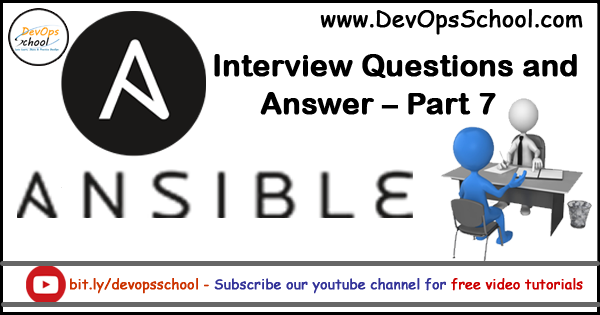
Ansible Interview Questions and Answer – Part 7
Task to connect(SSH) Ansible to remote host using another user & run the playbook to the remote host using with another user? What is Ansible vault? How to decrypt a…
Read more »
Ansible Interview Questions and Answer – Part 6
What is Ansible? What is Configuration Management? Is Ansible only a tool for Configuration Management? What are the components of Ansible? How Ansible works? What are the other tools in…
Read more »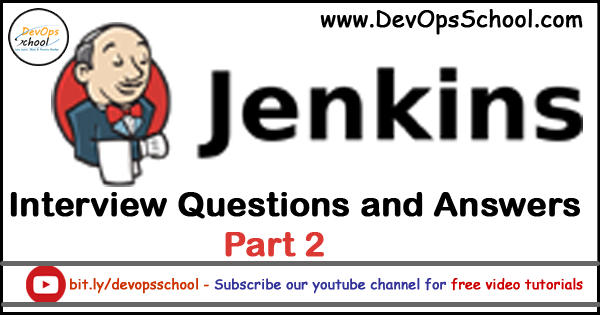
Jenkins Interview Questions and Answers – Part 3
What is Jenkins ? Why we use Jenkins ? What are the other tools/technologies present in market other than jenkins for CI/CD ? How to move Jenkins from one server…
Read more »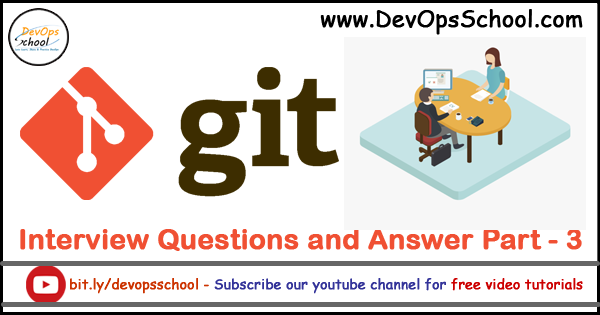
Git Interview Questions and Answer Part – 3
What is GIT ? What is difference between GIT & Github ? Why we use GIT ? What is SCM & VCS ? What are the process of pushing the…
Read more »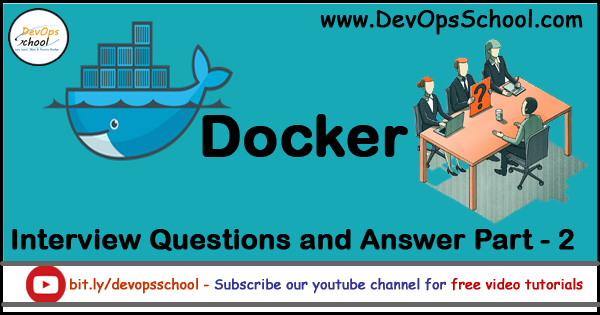
Docker Interview Questions and Answer Part – 2
What is Docker compose? What is Docker server version? What are the advantages of Docker? How do you setup Docker in Jenkins in production environment? How do create Docker image…
Read more »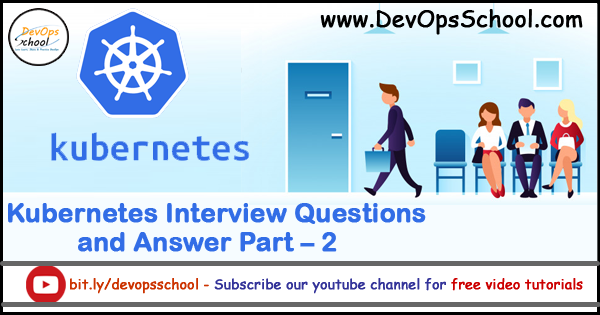
Kubernetes Interview Questions and Answer Part – 2
How you will link when the docker containers is in different virtual machine is there any configuration in docker compose file are any command or any variable? What you will…
Read more »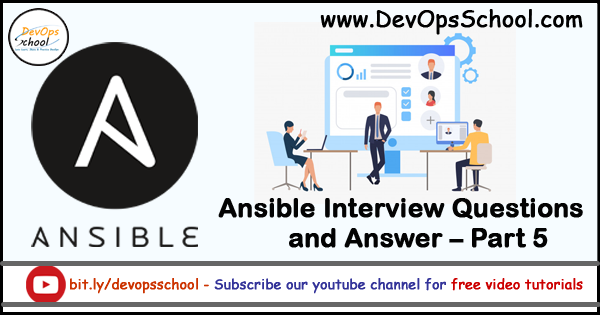
Ansible Interview Questions and Answer – Part 5
How can you the fact varibales in ansible? can we create an ansible module ? 83 . How can you do provisioning with ansible? 84 . BASH Vs Python Vs…
Read more »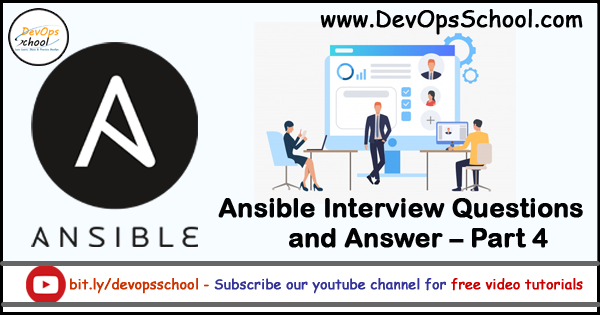
Ansible Interview Questions and Answer – Part 4
What is local action in Ansible? What are the roles in Ansible? Write a playbook for installation of apache in ubuntu and centos? How to create a role in ansible?…
Read more »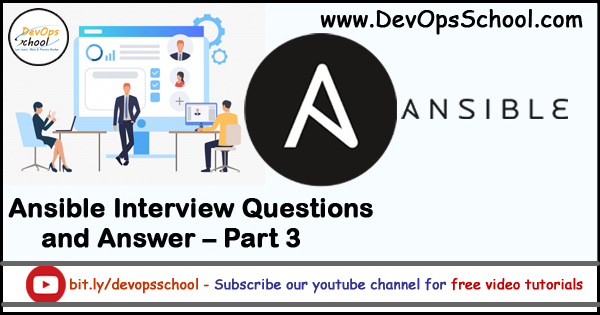
Ansible Interview Questions and Answer – Part 3
What are handlers used for in ansible and how is it diffrent from tasks? Conditional execution in ansible is used for what purpose and write down its syntax with small…
Read more »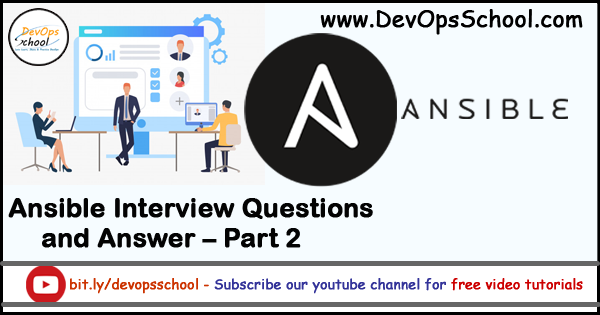
Ansible Interview Questions and Answer – Part 2
What is the purpose and location of ansible.cfg file. Name any two settings from anible.cfg file. Please write below a sample inventory file with host, group & group of groups…
Read more »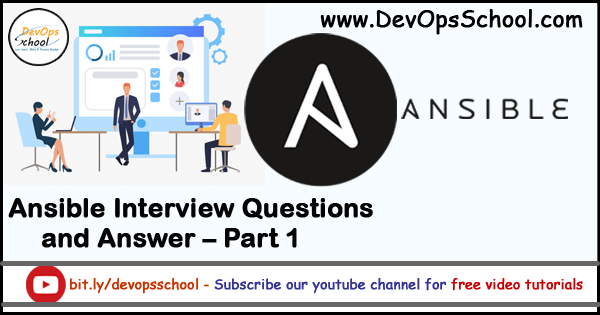
Ansible Interview Questions and Answer – Part 1
What is inventory file used for and default inventory host location? What is ansible configuration file used for and its default path? Do you write your inventory file? How many…
Read more »AWS Interview Questions and Answer Part – 2
What kind of instances have you created in AWS ? What is the context level cache in AWS ? What is NAT gate way and IGW ? How can you…
Read more »
